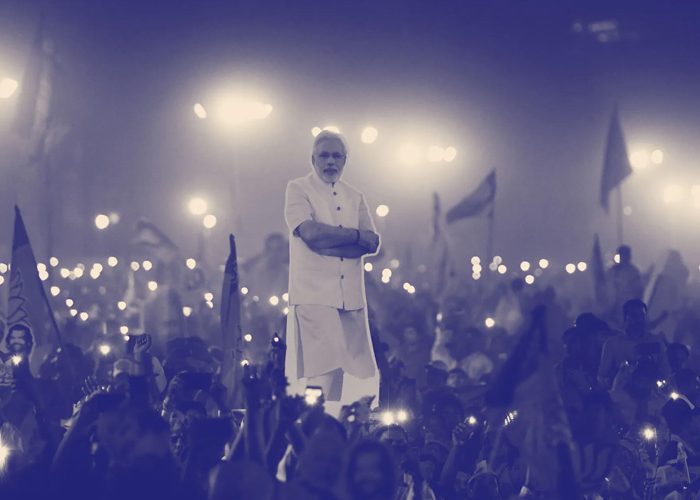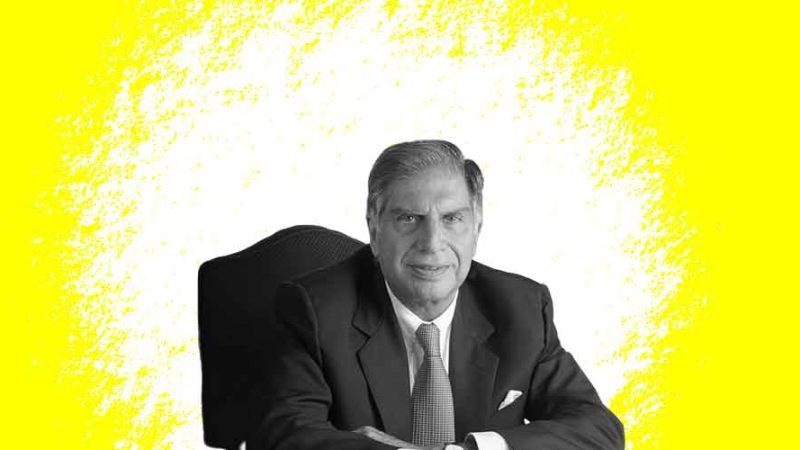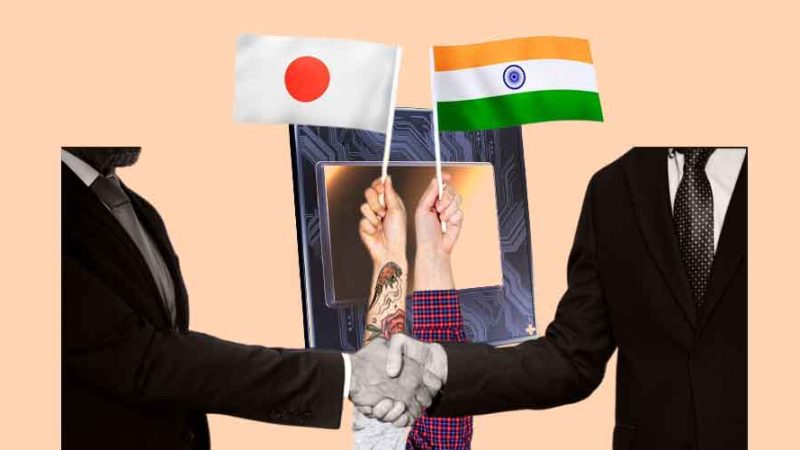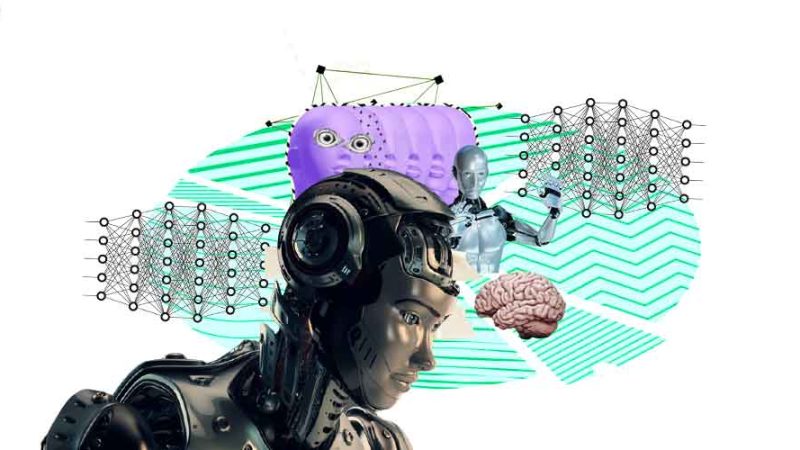
India’s evolving political ecosystem is signaling more complexities and controversies for the country
Political scientists and analysts have divided India’s political landscape with their speculations and predictions. Over the years, India has witnessed single-party domination by the Congress Party, the rise of anti-Congress parties in the 60s, and a multi-party coalition government phase from the 90s. The coalition government phase seemed to dominate the electoral scene in the country until 2014 when the BJP crossed 272 seats in that year’s General Election, becoming the first party to gain this massive majority in nearly 30 years. This feat was repeated yet again in the 2019 General Elections. BJP’s role in shaping the dynamics of India’s party system has shocked even the most astute political leaders and analysts of the world. Bharatiya Janata Party’s constant rule over the Indian political ecosystem has changed the underlying voter condition.
Scholars have already presented detailed accounts of how the Bharatiya Jan Sangh (BJS)–a party that was the predecessor of the BJP, along with its ideological partners known as the RSS and its affiliates belonging to the Sangh Parivar has uplifted the Hindu majoritarianism, which has somehow intensely impressed the Indian citizens. Experts appreciate the solid historical and ideological roots of the party and the commitment of the members to carry forward the political struggle even after several major setbacks, early on. The rise of Atal Bihari Vajpayee after Shyama Prasad Mukherjee’s demise was one of the major triggers for the rose of nationalistic feelings among BJP supporters. Since BJP won, the party has had several ups and downs, including garnering pro-Hindu majoritarian sympathies that were triggered by the divisive issue of building Ram Mandir on the disputed site of the demolished Babri Masjid in Ayodhya, Uttar Pradesh. The BJP’s victory in 2014 was majorly driven by the consolidation of ideological forces that govern the political competition in India.
How has BJP’s emergence changed the Indian political dynamic
Over the past couple of years, understanding Indian politics has become quite important. The success of the BJP marked five crucial risks for Narendra Modi who believed that elections in India are not won on economic grounds, but are rather identified by identity politics. This was illustrated when the BJP, whose management of the Covid-19 crisis was majorly criticized and was rightly called disastrous, causing an escalation in both unemployment and poverty, but still managed to escape the traditional norms and measures of accountability. Critics and non-BJP supporters claim that rather than devoting more time to improving the country’s economy and finance, which is increasingly suffering due to the country’s rising price of hydrocarbons, the Covid-19 crisis outright showed the party’s ineffective policies.
Since 2014, the BJP has doubled down on its membership drive with over 18 crore members, based on a report released in 2019, making it the world’s largest political party. Young politicians dwell on this massive expansion and outreach and the party’s efforts to start a digital membership drive in 2014 under Amit Shah’s leadership. Pro-BJP supporters consider the party as inclusive, whereas, there are several others who won’t give in to the BJP’s dominance in the country. Nevertheless, the country’s changing political domain demonstrates more conflicts and surprises for the citizens of India.











